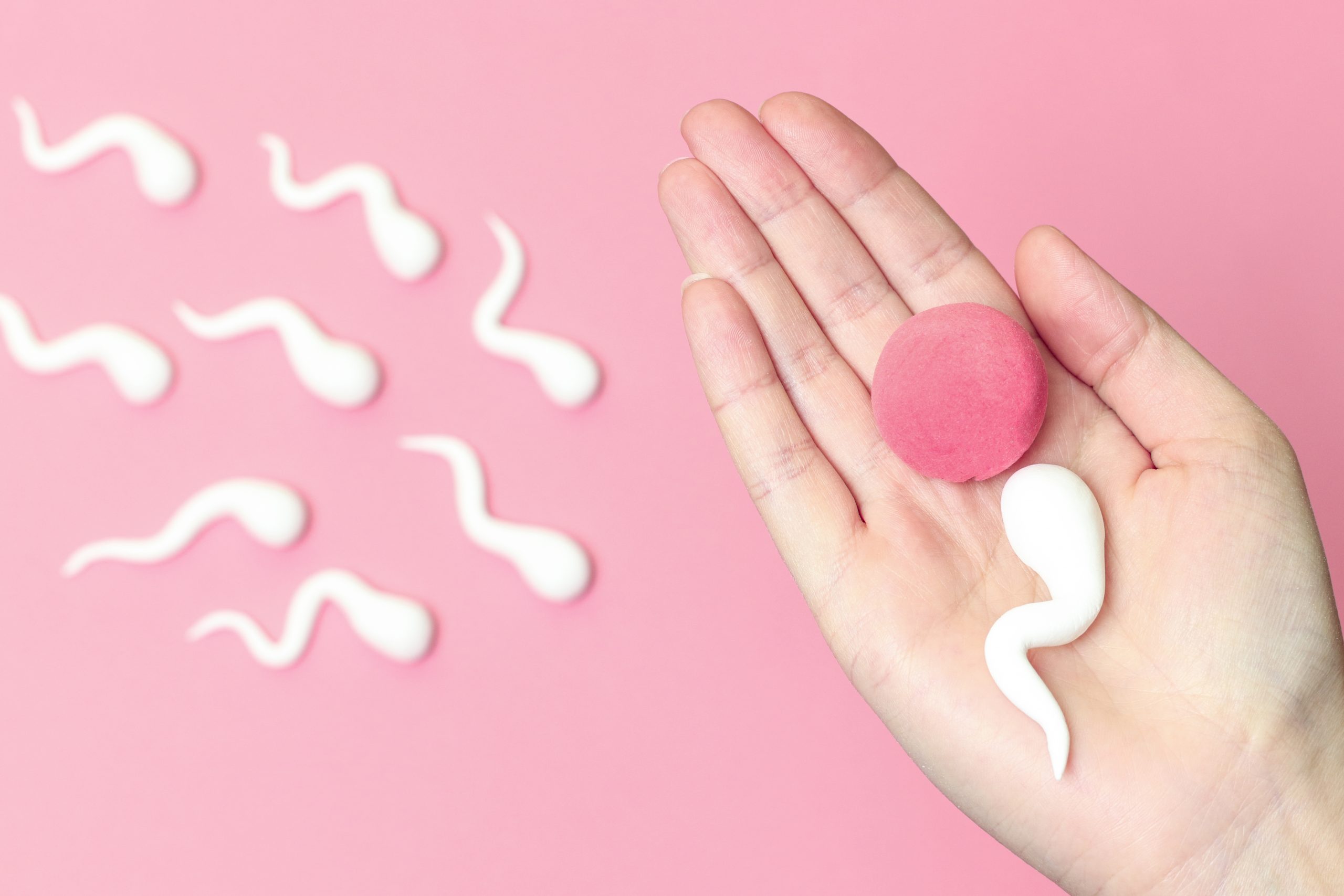Modern medicine provides tools that help couples having difficulties conceiving a child to fulfill their dreams of becoming parents. One of the assisted reproductive technologies, in addition to in vitro, is intrauterine insemination – a procedure involving the introduction of male semen directly into the womb.

How exactly does intrauterine insemination work and what is its effectiveness? You will find the answers to these questions in our article.
Insemination – only the best sperm are used for the procedure!
They are selected using the swim up technique, i.e. a sperm migration test. It allows to choose the best quality sperm for the insemination procedure. Sperm can come from a woman’s partner or from a sperm bank (insemination with donor sperm).
The second solution is most often used when the partner’s semen is not of good quality to be used for insemination. However, before the donor’s semen reaches the womb of a woman, it passes a grace period. During it, the semen undergoes detailed microbiological and virological examination. The donor himself remains anonymous – the recipient does not find out who the donor is, just as the donor does not find out who the recipient is.
It is worth noting that in addition to the most popular intrauterine insemination, we also distinguish fallopian sperm perfusion and intracervical insemination (ICI).
For whom is the insemination recommended?
Insemination is recommended for couples with ovulation disorders and reduced sperm parameters (so-called mild male factor). Another indication for insemination will be the so-called cervical factor. The abnormal composition of cervical mucus, e.g. sperm antibodies present in it, or the abnormal structure of the cervix may be a barrier to sperm. Insemination allows you to bypass this barrier.
Insemination is also often offered to women suffering from first and second degree endometriosis, polycystic ovary syndrome, couples with sexual dysfunction and idiopathic infertility, i.e. one whose cause could not be determined. Before insemination, a woman and a man must perform a series of tests.
For women:
- Gynecological examination;
- Ovarian reserve assessment (AMH, AFC, FSH, Estradiol);
- Sono-HSG;
- pap smear;
- Virological tests (HIV, HCV, HBS, Rubella);
- Chlamydia trachomatis;
- Examination for syphilis and Toxoplasmosis infection.
A man donating semen for insemination is subject to:
- Semen analysis;
- Virological tests (HIV, HCV, HBS);
- Chlamydia trachomatis;
- Examination for syphilis.
- Ovulation induction
Hormones, taken orally or in the form of injections, are designed to increase the number of maturing eggs (oocytes) and thus increase the chance of fertilization. Their number is assessed by a doctor using vaginal ultrasound. Of course, insemination does not have to be preceded by ovulation stimulation, it can also take place in a natural cycle. Up to 3 mature follicles can be obtained during ovulation induction.
About a day before insemination, when the follicles in the ovaries reach a diameter of about 18-20 mm, the woman is given the medicine that causes ovulation. Thanks to this, an egg ready for fertilization is released from the ovarian follicle.
What does insemination look like?
Simply put, insemination involves injecting sperm into the uterus using a thin catheter. 1-2 hours before the procedure, the man donates semen. The spermatozoa are then separated from the seminal fluid by rinsing them. Sperm processing takes about 45 minutes and takes place in an andrological laboratory. In order for the ejaculate to be of the best possible quality (with a large number of motile spermatozoa), the man should abstain from sexual intercourse 2-7 days before the insemination.
Does insemination hurt?
No, insemination is completely painless and safe for women. It is performed on a gynecological chair and lasts only 15 minutes. Immediately after insemination, a woman can go home. However, she should rest a lot, avoid stress and exercise, and eat well. Hot baths and sauna visits are also inadvisable.
What is the effectiveness of insemination? Can it replace IVF?
Insemination should not be considered as an IVF replacement. Each method is used in different situations. Because IVF is considered to be a more effective technique assisted reproductive technology, we use it in slightly more complicated cases, e.g. with advanced endometriosis, fallopian tube obliteration or complete absence of ovulation.
Due to the lower effectiveness, it is sometimes necessary to carry out several insemination cycles, but there should be no more than 6. Insemination of course also differs from the price of IVF. The cost of intrauterine insemination ranges from €250 to €500 (depending on whether the sperm comes from a partner or from a donor). For comparison, the cost of the IVF procedure reaches a few thousand Euros.





